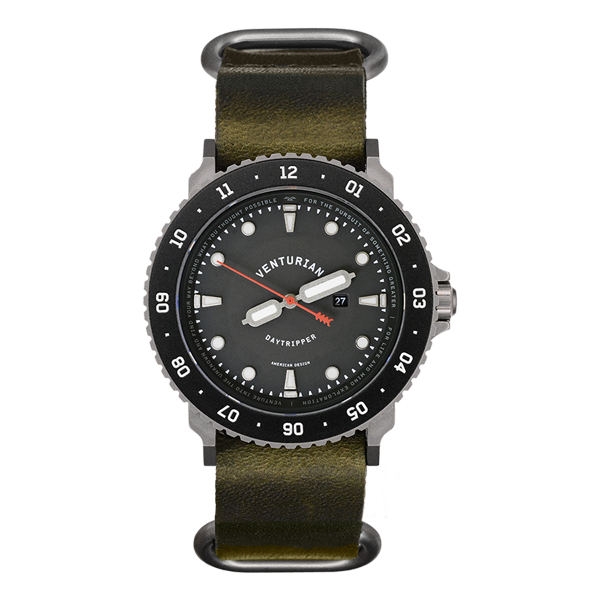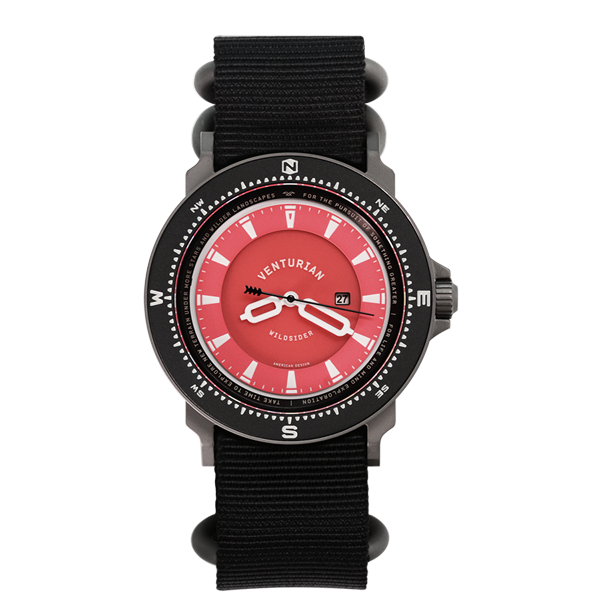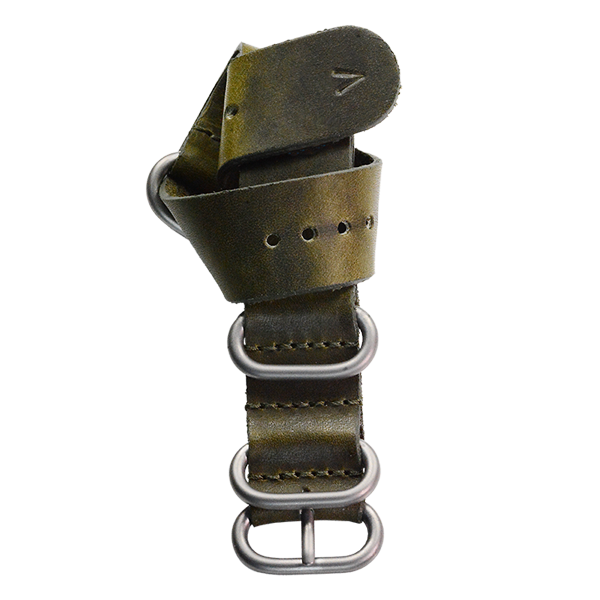As a climber and watch designer, I've always believed that true adventure lies in pushing your boundaries. This particular day at the Brickyards clay pit in St. Paul, Minnesota was a perfect example of that perspective, offering an exciting winter adventure for beginner ice climbing enthusiasts.

My climbing partner Marc and I arrived early, the frozen waterfall before us a challenge waiting to be conquered. As an experienced rock climber, I knew my skills would transfer, but ice climbing is a different beast entirely. The precision required, the careful placement of each ice tool and crampon, demands a level of focus that keeps you razor-sharp.
- Rock climbing and ice climbing share fundamental principles, yet differ significantly in their execution. Here's a quick overview of ice climbing techniques:Similarities:Vertical route navigation
- Appreciation for nature and changing terrain
- Critical judgment and risk assessment
- Physical and mental challenges
Key Difference: In ice climbing, you're "removed from the substrate" by using specialized ice climbing gear (ice axes and crampons) instead of direct contact with hands and climbing shoes.

Both sports require a love for climbing and the outdoors, but ice climbing adds a unique dimension of interacting with a frozen, ever-changing environment through specialized equipment.
The environment was surreal - a mix of gray clay (obviously!), sandstone, ice, a slight trickle of water beneath the ice, and bald eagles circling overhead. We were completely alone, our own private icefall making for a killer afternoon away from the busy city.
From bakyard to Brickyard
The Brickyards in St. Paul were crucial to the city's development from the 1890s to the 1970s. The area now known as the Brickyard Area of Lilydale Regional Park was a hub for clay mining and brick production, supplying materials to the growing Twin Cities region. The industry's legacy remains visible today, with quarry areas and brick oven ruins in Lilydale Regional Park, offering recreational and educational opportunities that preserve St. Paul's industrial heritage.

What's cool about local areas like the St. Paul Brickyards is that these hidden adventure spots are often literally in your backyard, just a short drive away, waiting to transform an ordinary weekend into an extraordinary micro-adventure that requires minimal planning and maximum spontaneity. These urban wilderness pockets—whether clay pits, abandoned quarries, or forgotten industrial landscapes—offer unexpected playgrounds for outdoor enthusiasts, proving that epic experiences don't always demand long road trips or expensive travel, but can be discovered right in your own regional backyard.

Throughout the climb, I couldn't help but appreciate how the Daytripper performs in these environments. It is a lightweight watch, designed for durability, function complete with adventure styling. It made for the perfect companion for this new sport and completely blended in with this new gear. We timed our ascents and tracked our day - it was more than just a timepiece; it was a tool for exploration, ideal for winter adventures. It comes in black, white, and blue and you can check them out here.

The Essence of New Challenges
As we reached the top, Marc and I reflected on why we do this. New challenges aren't just about the physical act - they're about:
- Personal Growth: Pushing beyond your comfort zone
- Mental Resilience: Learning to adapt and overcome
- Embracing the Moment: Finding joy in the unexpected

Ice climbing transforms winter from a season of hibernation to a canvas of adventure. And for me, that's what Venturian is all about - venturing into the unknown, one sport at a time. One moment at a time. Whether you're a seasoned climber or just starting out with beginner ice climbing, the thrill of conquering frozen waterfalls is an unparalleled winter adventure.
As usual, thank you for spending time here. We appreciate the opportunity to share.
Stay wild!
Jason




0 comments